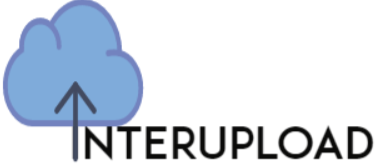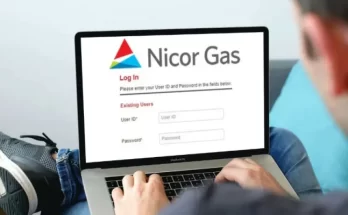Introduction
In today’s digital age, writing an email to a teacher has become an essential skill for students. Whether you need clarification on an assignment, want to ask a question, or seek advice, sending a well-crafted email can make a significant difference in effective communication. This article will guide you on how to write an email to a teacher in a professional and polite manner while ensuring your message is clear and concise.
The Importance of Writing an Email to a Teacher
Asking questions or seeking assistance through email offers numerous benefits. It allows you to communicate with your teacher outside of class hours, provides a written record of the conversation, and gives the teacher time to prepare a thoughtful response. However, it’s essential to follow certain guidelines to ensure your email is effective and respectful.
Understand the Purpose of Your Email
Before you start writing your email, be clear about its purpose. Is it to ask a question about an upcoming exam or seek guidance on a project? Understanding the purpose will help you structure your email better.
- 3.1 Introduction or Greeting
Begin your email with a polite greeting, addressing the teacher by their proper title and name. For example, “Dear Mr. Smith” or “Hello Professor Johnson.”
- 3.2 State the Reason for the Email
Be concise in stating the reason for your email. Clearly and directly explain why you are reaching out to the teacher.
- 3.3 Provide Necessary Details
Include any relevant information that the teacher may need to understand your query fully. This could include class details, assignment names, or specific dates.
- 3.4 Concluding Your Email
Thank the teacher for their time and consideration at the end of your email. Sign off with a professional closing, such as “Sincerely” or “Thank you.”
Use a Professional and Polite Tone
Always maintain a professional and polite tone throughout your email. Avoid using informal language or slang.
Keep It Clear and Concise
Teachers receive numerous emails daily, so it’s essential to keep your email clear and concise. Get straight to the point and avoid unnecessary details.
Mind Your Grammar and Spelling
Ensure your email is well-written with proper grammar and spelling. A poorly written email can be distracting and may not convey your message effectively.
Avoid Using Abbreviations and Emojis
Abbreviations and emojis are best avoided in formal communication. Stick to complete sentences and avoid any confusion.
Be Respectful of the Teacher’s Time
Remember that teachers have busy schedules. Be respectful of their time and keep your email brief and to the point.
Use a Descriptive Subject Line
Choose a subject line that accurately reflects the content of your email. This will help the teacher prioritize and respond promptly.
Attachments and Formatting
If your email requires attachments, ensure they are appropriately formatted and easy to open. Avoid sending large files that may clog the teacher’s inbox.
Avoid Sensitive Topics in Email
While email can be an efficient way to communicate, avoid discussing sensitive or personal matters through this medium. Some topics are best discussed in person.
The Importance of Proofreading
Before hitting the send button, take a moment to proofread your email. Check for any errors and ensure your message is coherent.
Follow Up on Your Email
If you don’t receive a response within a reasonable time frame, it’s acceptable to follow up on your email. However, do so politely and avoid being pushy.
Conclusion
Mastering the art of writing an email to a teacher is a valuable skill that will serve you well throughout your academic and professional life. By following the tips provided in this article, you can ensure your emails are effective, respectful, and conducive to productive communication.
Frequently Asked Questions (FAQs)
- Q1: Can I use emojis in my email to a teacher?
While emojis are popular in casual communication, it’s best to avoid using them in emails to teachers. Stick to a professional and formal tone.
- Q2: How long should my email to a teacher be?
Keep your email concise and to the point. A few well-written paragraphs should be sufficient.
- Q3: Is it appropriate to email my teacher about personal issues?
Email may not be the best platform for discussing personal issues. Consider talking to your teacher in person instead.
- Q4: Should I include my class details in the email?
Yes, providing relevant class details will help the teacher understand the context of your email.
- Q5: Can I send attachments in my email?
Yes, you can send attachments if necessary. Ensure they are appropriately formatted and relevant to your message.




